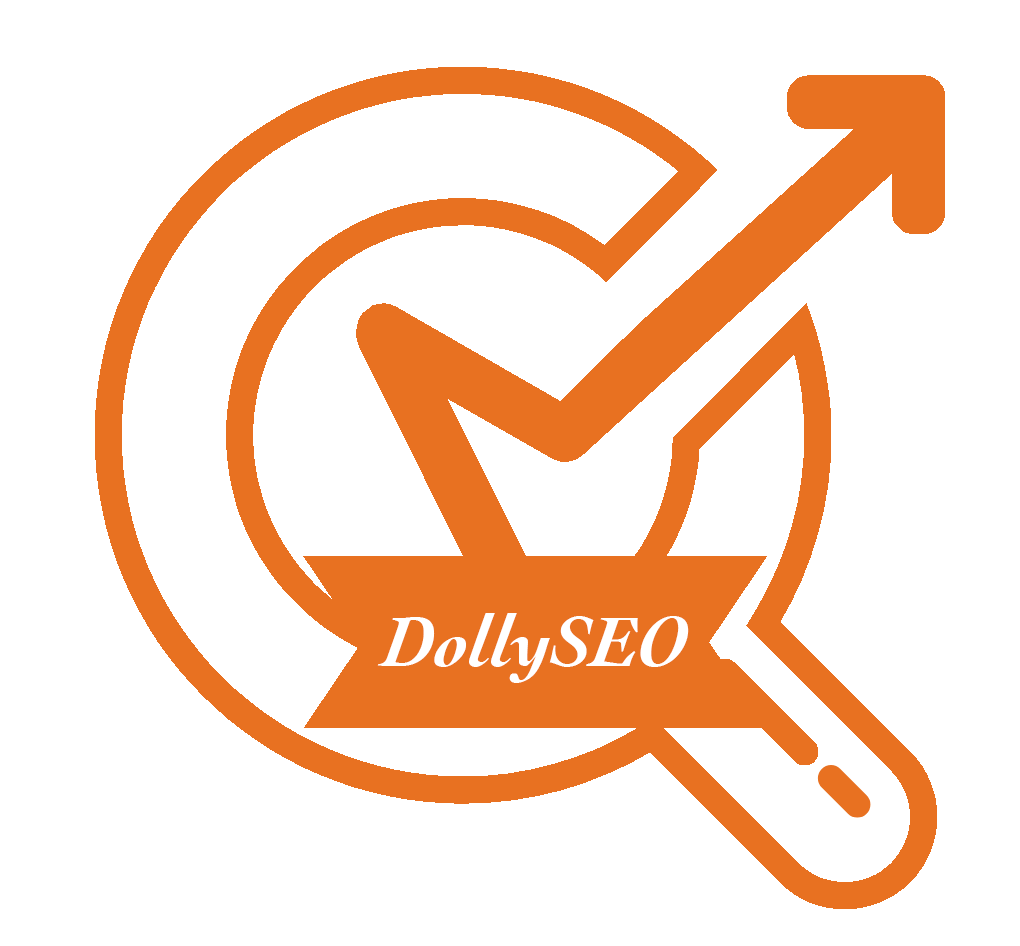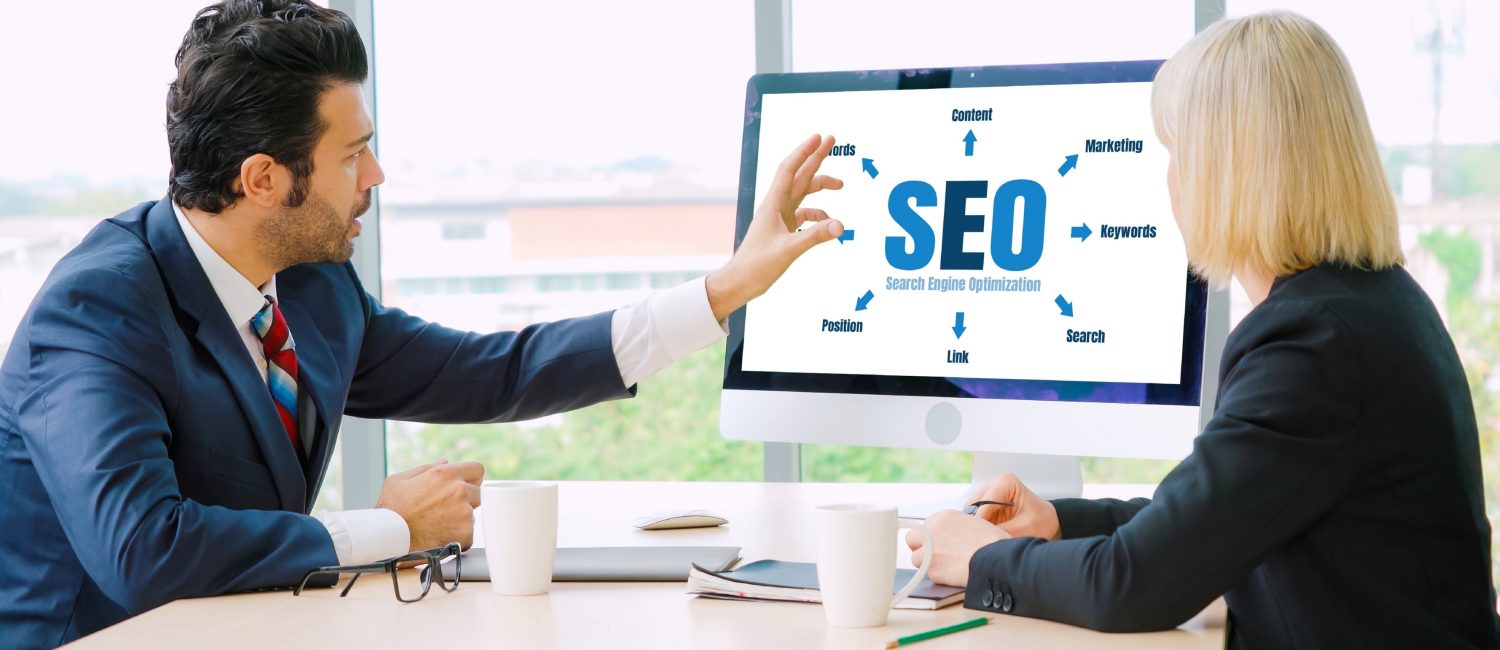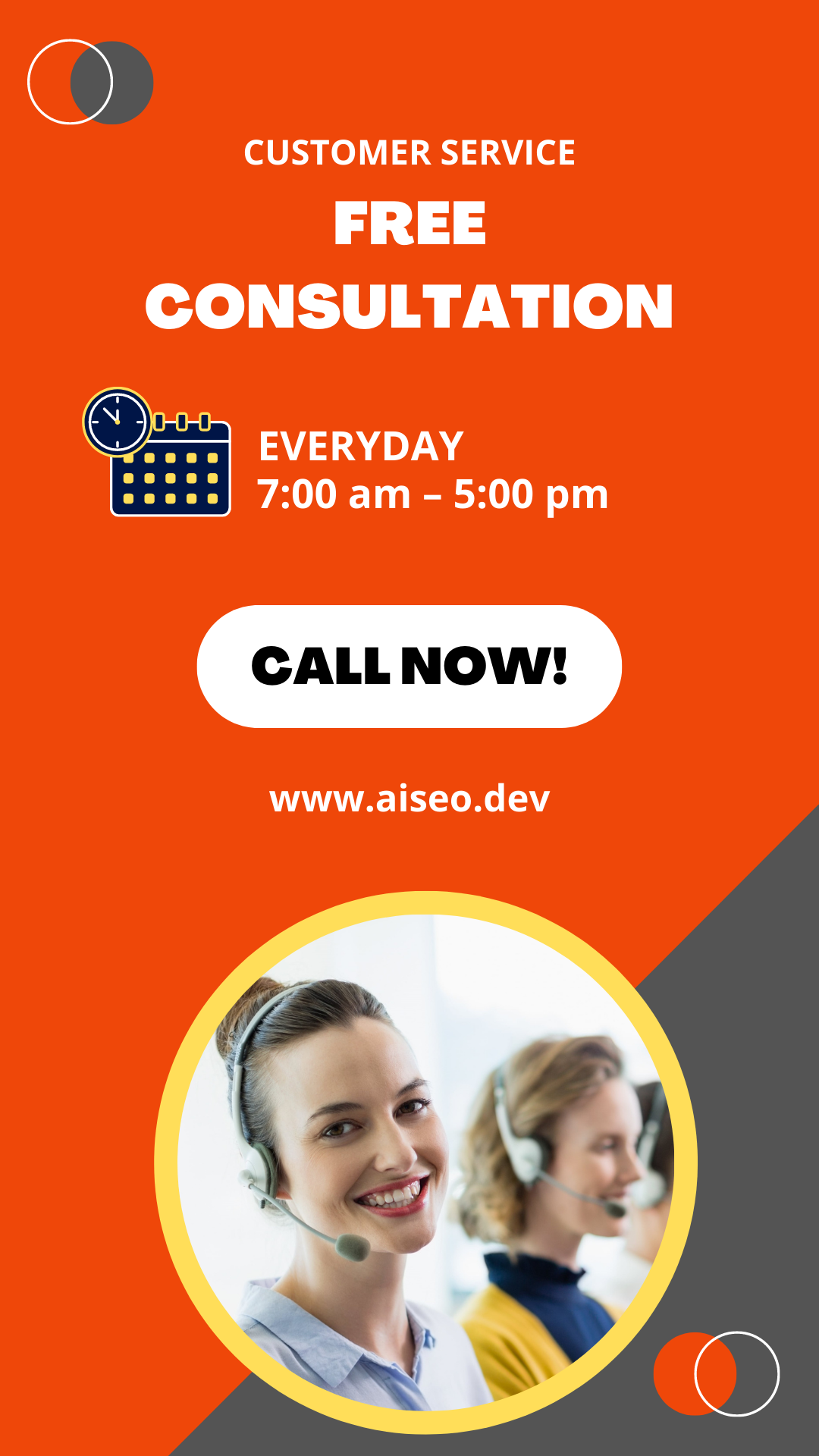Since the days of stuffing keywords and clickbait copy, search engine optimization has come a long way. You can now use SEO services to advertise your products. To do this, your website’s content needs to match a visitor’s intent to rank first in Google search results.
Increasing rankings on search engines can seem daunting and time-consuming. Still, the important thing is to understand how search engines work and how searchers use them, then implement that insight into your page’s copy, then utilize some easily accessible backend tinkering. Our Miami SEO company is always ready to help you with your business.
You can use this guide to improve your website’s organic traffic and visibility in search engines like Google and Bing.
On-page SEO Services

The purpose of on-page SEO is to directly convey your site’s content to readers and search engines. Some on-page factors can assist search engines in ranking your page on search engine results pages (SERPs). Keywords and topics are among the on-page factors, as are meta information, the slug of your URL, and your images.
1. Keyword Research
A simple way to approach keywords is to view them as queries people enter into search engines. This mimics how we speak when we ask questions; sometimes, we use short formats such as “best budget phone in 2022” instead of “what is the best budget phone in 2022.”
2. Create Pages that Match the Search Intent
Google and other search engines want to rank the page with the highest likelihood of concluding the searcher’s journey, no matter what type of search query your page targets. Google, in particular, does not want the user to run any additional searches or hit “Back” to return to another search result.
3. Optimize Your Content to Make Pages Visible
Optimizing your content helps your pages rank higher in search results for their target keywords. Content, meta descriptions, and title tags are all examples of tweaking or optimizing a page. When you have a clear keyword plan you’re trying to rank for, content optimization becomes much easier.
You can quickly understand content optimization by asking yourself, “How can I make clear to visitors what this page is about?” From there, you can ask the following questions to see if your page content is optimized:
- Is the heading clear about what’s on the page?
- Is the keyword or a variation used in subheadings or on the page’s body?
- Is the keyword in the URL slug? Is the slug too long or too short?
- Is the title page title interesting? Is the meta description clickable?
- Are the image names filled in with alt text that clearly describes what’s displayed in the image?
Off-page SEO Services

Customer service and social media presence are factors in off-page SEO, but essentially it is about building backlinks or links pointing to your site. Your pages will rank higher if you have more high-quality, relevant backlinks. You can use these two methods to build backlinks:
Active Link Building
The process of actively building links involves creating a plan and strategy for the pages you wish to link from, understanding why you are doing so, and then executing that plan. It’s not easy to get started in active link building because it’s such a competitive strategy. Your pitch has to be compelling because journalists, influencers, and other writers get pitches all the time.
Passive Link Building
Even though passive link building isn’t an SEO-enhancing activity, it can help compound your efforts over time, even though it’s not a typical enhancing activity.
Technical SEO Services

It is a type of SEO that works under the hood. It can be invisible, but it can dramatically improve your website’s search performance like new engine oil keeps a car running. The technical SEO of a website ensures that crawlers can find your site, that it has a good page speed, that it is mobile responsive, and focuses on conversion rate optimization and speed optimization. Also, it optimizes your site for humans so that both search engines and humans can easily browse it and that the meta tags are helpful for both. It is important to remember that this method requires an understanding of coding. That is why you should consult an SEO company first. But if you want to do it yourself, consider these tips:
Develop a Logical Internal Linking Strategy for Your Menus
When you’re new to website design, it’s easy to overlook internal linking. It does not seem as important as publishing new pages or promoting your business.
The process of creating internal links involves more than simply pasting text links to appropriate anchor text. It’s about making the necessary pillar pages that will pass authority to dozens of related blog posts and website pages and/or vice versa. From your homepage, you can create a clear navigation system designed to appeal to both users and search engines.
Create a Sitemap and Submit it to Google Search Console
By submitting your sitemap to Google Search Console, search engines can crawl and index your website. The crawling bot simply visits your website, goes through your home page, explores all of your product categories, collections, and product pages, and then crawls back to the homepage. It does this so it could list them on search engine results pages.
Optimize Images so That They Load Quickly
search engines also crawl your images along with the text on your webpage. Optimizing your images does not mean you can’t display beautiful photography. In fact, it helps your visitors see your images better.
Reducing image sizes should be your priority. As images make up 46% of the average page’s overall size, they are large and can slow down a page if they are not optimized.
Advertising your business with SEO will definitely save you money. However, working with an expert is the best way to save time.
We are the Miami SEO company offering all of the SEO services your business needs to get the traffic your website deserves. Contact us now!
If this post was helpful to you, please leave us a 5-star review. Thanks!
We're Here to Answer Your Questions!








